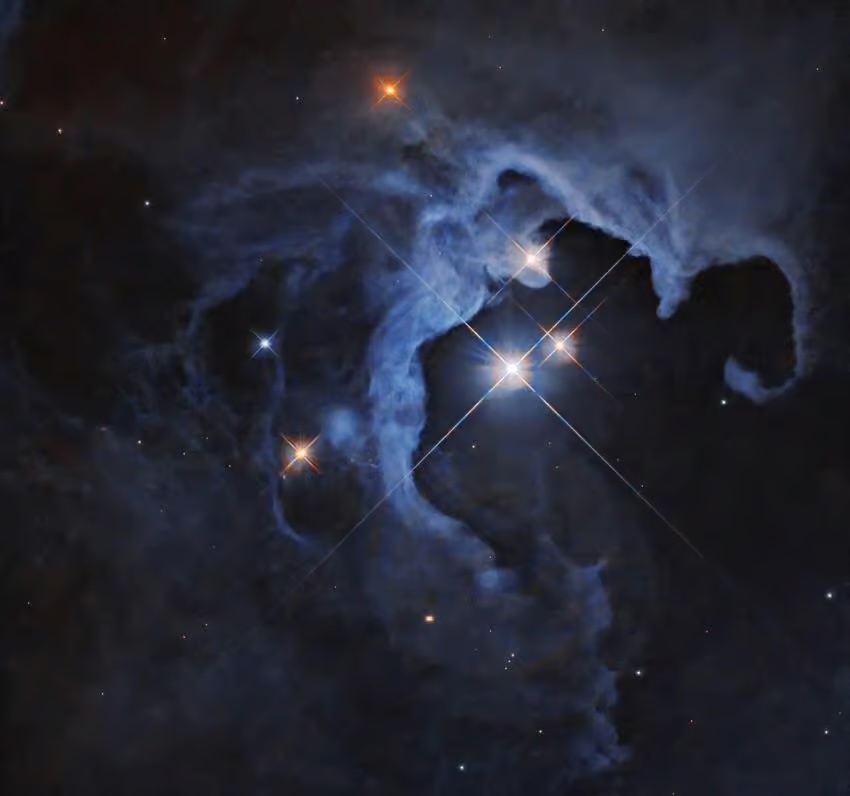14.11.2024

A triple star system captured by the Hubble Space Telescope. Credit: NASA, ESA, G. Duchene (Universite de Grenoble I); Image Processing: Gladys Kober (NASA/Catholic University of America)
In 1961, US radio astronomer Frank Drake came up with an equation for estimating the number of intelligent civilisations in the galaxy.
Called the Drake Equation, the formula combines a variety of different numbers – such as the fraction of stars with planets, and the time a civilisation would need to develop space-signalling technology – into a single estimate of the chances of extraterrestrial intelligent life.
And what are those chances? Well, it depends on the estimates you plug into the equation. It’s more a starting point in the search for aliens, rather than a definite answer.
The equation has had several suggested updates – for instance, in 2016, researchers moved its scope from the galaxy to the entire Universe.
Now, a new study is making it multi-versal.
A paper in Monthly Notices of the Royal Astronomical Society proposes a model for estimating the total number of stars formed in universes, and therefore the number of potential “observers” – civilisations capable of interstellar communication.
It relies on the amount of dark energy in a given universe.
“The parameters that govern our Universe, including the density of dark energy, could explain our own existence,” says lead researcher Dr Daniele Sorini, an astronomer at Durham University, UK.
Dark energy is the mysterious stuff pushing the Universe to expand.
“Understanding dark energy and the impact on our Universe is one of the biggest challenges in cosmology and fundamental physics,” says Sorini.
The balance of dark energy-driven expansion, and gravity’s pull, creates a universe where matter can clump together and form stars, planets, and – eventually – anything we’d recognise as life.

But in order for this to work, the amount of dark energy needs to be just right – allowing matter to glob together for billions of years, long enough for all of these things to form.
The researchers developed a model to estimate how many stars would form over the lifetime of a universe, considering the fraction of dark energy that formed it.
“Surprisingly, though, we found that even a significantly higher dark energy density would still be compatible with life, suggesting we may not live in the most likely of universes,” says Sorini.
They found that a universe made from 27% dark energy would form the maximum number of stars, and therefore the maximum number of observers.
Conversely, our own Universe is about 23% dark energy, say the researchers. This makes it a universe without the highest chance of forming intelligent life.
“It will be exciting to employ the model to explore the emergence of life across different universes and see whether some fundamental questions we ask ourselves about our own Universe must be reinterpreted,” says co-author Professor Lucas Lombriser, from the Université de Genève, Switzerland.
Quelle: COSMOS
